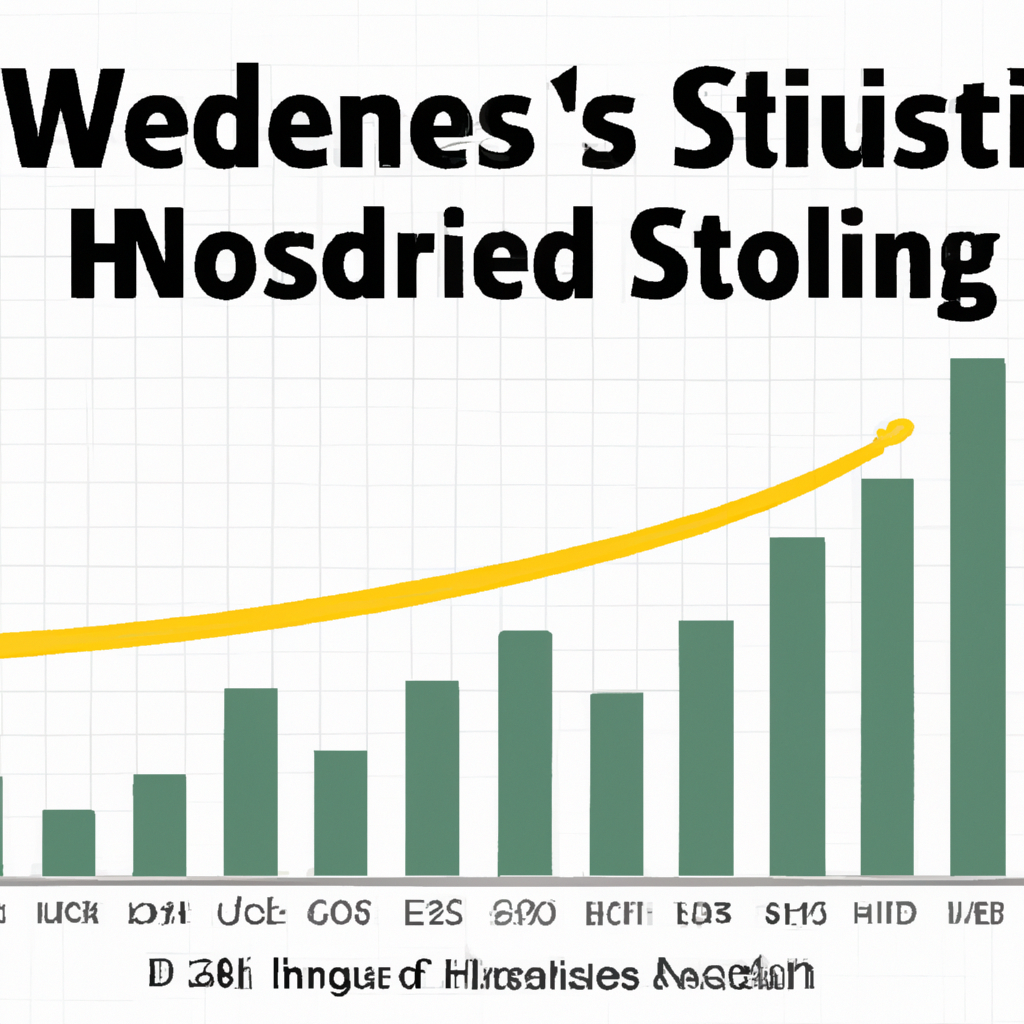In October, wholesale prices in the United States saw a slight increase, slightly higher than economists’ expectations, indicating that inflation pressures have not been completely eliminated from the U.S. economy.
The Bureau of Labor Statistics, a branch of the U.S. Department of Labor, reported on Thursday (November 14) that the Producer Price Index (PPI) measuring wholesale prices rose by 0.2% on a monthly basis and by 2.4% on an annual basis in October, showing acceleration compared to September when the PPI increased by 0.1% on a monthly basis and 1.9% on an annual basis.
The increase in PPI in October slightly exceeded economists’ expectations. According to financial data and software company FactSet, the predicted monthly increase for October’s PPI was 0.2% with an annual increase of 2.3%.
Service prices rose by 0.3% compared to the previous month, becoming the main factor driving the overall increase in PPI for October. Over the past 12 months, the annual growth rate of service prices has risen by 3.5%.
Food prices declined by 0.2% compared to the previous month, while energy prices fell by 0.3%. After decreasing in the previous two months, commodity prices saw a slight increase of 0.1% in October.
Excluding the more volatile food and energy prices, the so-called core PPI also rose by 0.3% compared to September, and by 3.1% compared to the same period last year, aligning with economists’ expectations.
PPI measures the costs paid by producers for their goods and services, rather than the costs paid by consumers, but it indicates potential changes in store prices, making it a good leading indicator of inflation pressure. The core PPI is considered a better predictive indicator.
The day before the release of the October Producer Price Index data, the U.S. Department of Labor reported in another document that the Consumer Price Index (CPI) rose by 2.6% compared to the same period last year in October, suggesting that consumer-level inflation may stabilize after slowing down in September to the lowest rate since 2021.
Although these figures remain above the Federal Reserve’s 2% inflation target, the trend indicates an overall slowdown in price increases.
Since September, the Federal Reserve has cut its benchmark interest rate twice, reversing its rate policy after raising rates 11 times consecutively in 2022 and 2023.
According to Wall Street traders, there is an 82% probability that the Federal Reserve will cut interest rates by 25 basis points again at the meeting on December 17-18.
Stephen Brown, Deputy Chief Economist for North America at the UK economic research firm Capital Economics, wrote in a commentary that the wholesale price increases in October for airline tickets, investment costs, and healthcare expenses could drive the Personal Consumption Expenditures (PCE) core price index above the level the Federal Reserve hopes to see. However, he noted that this increase is not enough to “prove that the Fed’s pause (in rate cuts) at the upcoming meeting in December is justified.”

